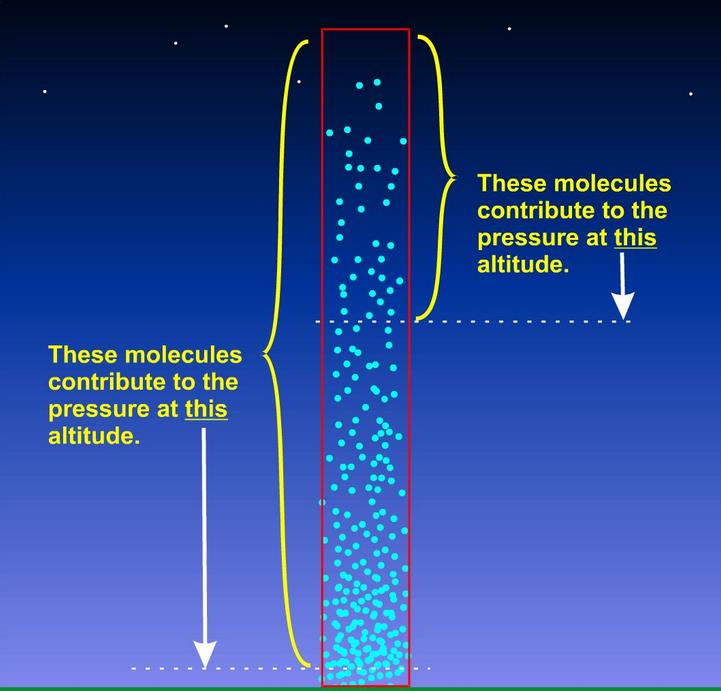Java programming language
- Java SE 8.0 - released Mar 2014
- Just In Time compiler
- only compiles a section of code when it is needed
- does not recompile something if already in memory
- has a warm up cycle so the first time of a compute is a little slower
- speed
- 25 times faster than scripting languages like Python, Ruby, Perl, R
- within 20% of the speed of C, or C++
- variables have to be declared first
- Open source - but is controlled by Oracle Corp.
- easy to distribute
- runs on all kinds of platforms
- tons of librarys to ease the coding burden
- do not have to manage memory (garbage collection)
- no pointers to complicate issues
- comparable to C# which is the Microsoft equivalent to Java
- Java on Wikipedia
- Java Homepage
Netbeans Integrated Development Environment
- NetBeans 8.0 IDE - released Mar 2014
- eases the effort of program development
- identifies unused variables
- auto-completion of code
- set debugging check points
- output console to read output variables
- facilitates projects that involve many source files all relating to the samp project
- automatic compilation of executable .jar files
- NetBeans on Wikipedia
- NetBeans Homepage












